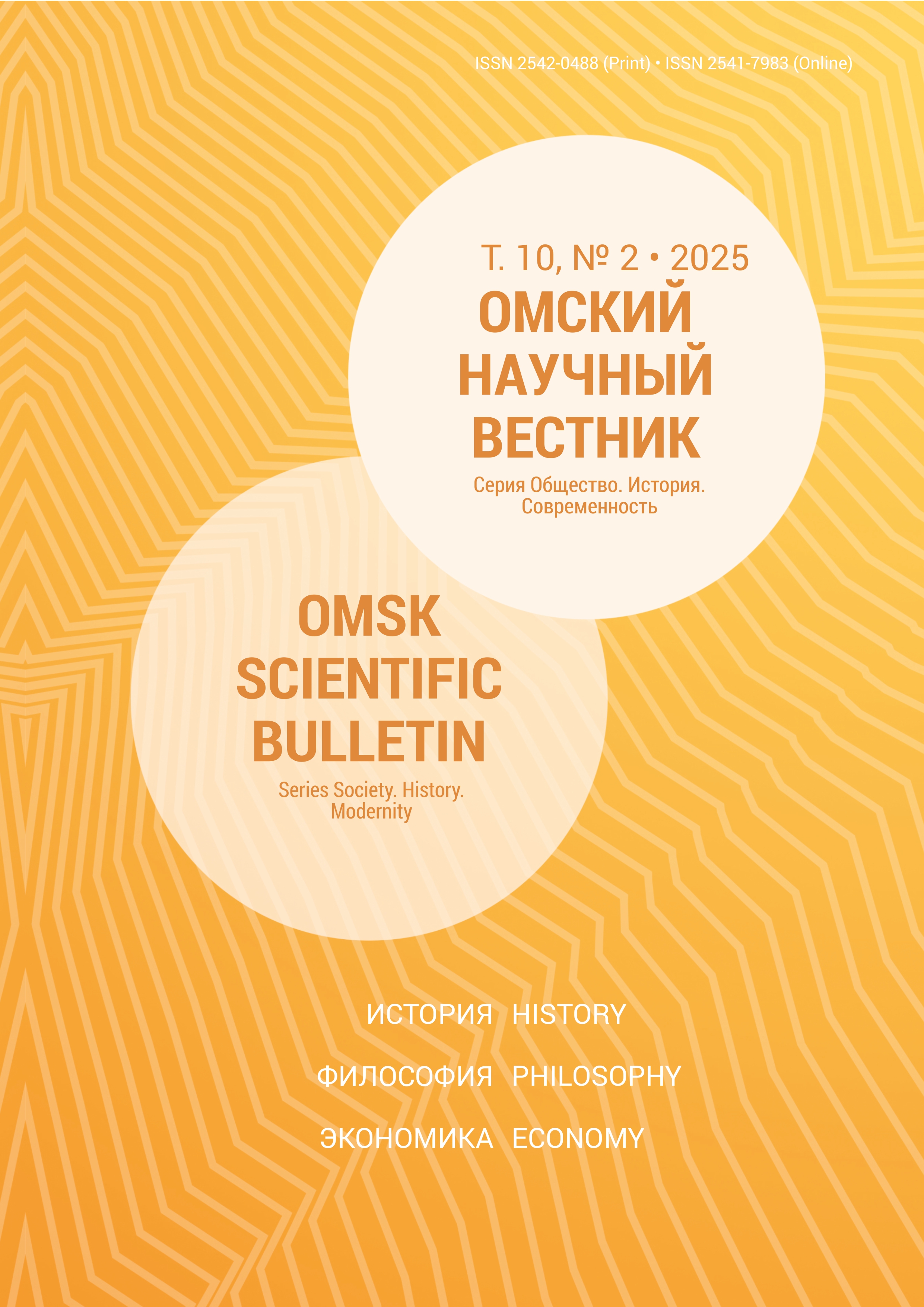Дети «лишенцев» сельских районов Западной Сибири в борьбе за восстановление в избирательных правах (на примере районов Новосибирской и Томской областей)
DOI:
https://doi.org/10.25206/2542-0488-2025-10-2-58-66Ключевые слова:
советское общество, сталинизм, «лишенцы», социально-правовая дискриминация, маргинальность, молодежь, избирательное право.Аннотация
Статья посвящена не изученному в полной мере аспекту региональной общественно-политической истории, который связан с восстановлением советских граждан в избирательных правах. Акцент сделан на одной из самых массовых групп социально-дискриминированных, а именно на детях «лишенцев». Новизну исследования определило наличие исследовательских лакун, которое закрывается через обращение к неопубликованным источникам. Теоретическую основу исследования составило сочетание антропологического и системного подходов, статистического и биографического методов, а также стихийной социологической выборки. Это позволило достигнуть цели исследования реконструировать стратегии детей «лишенцев» при подаче ходатайств в избирательные комиссии.
Скачивания
Опубликован
Как цитировать
Выпуск
Раздел
Лицензия
Неисключительные права на статью передаются журналу в полном соответствии с Лицензией Creative Commons BY-NC-SA 4.0 «Attribution-NonCommercial-ShareAlike» («Атрибуция-Некоммерчески-СохранениеУсловий») 4.0 Всемирная (CC BY-NC-SA 4.0)




